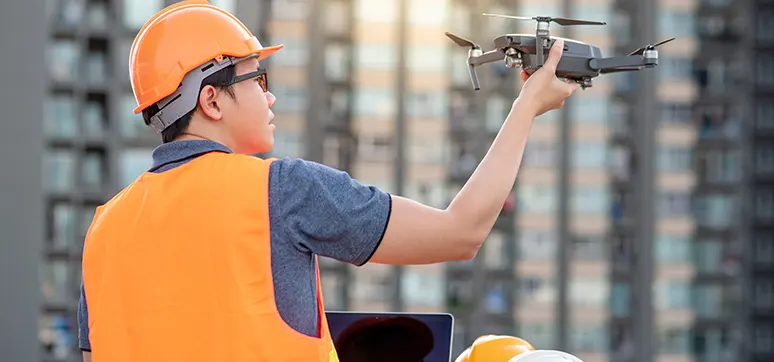When it comes to owning or managing a property, regular inspections and maintenance are essential to ensure the safety and integrity of the building. Inspecting the facades, in particular, are crucial as they focus on the exterior of the building, which is constantly exposed to various environmental and weather conditions. Different types of Facade Inspection services are available to property owners, and this article will discuss some of the most common ones.
Visual Inspection
It involves a physical assessment of the building’s exterior, looking for wear and tear, cracks, or other signs of damage. This type is typically done by a qualified engineer trained to identify signs of deterioration or structural issues. This type is generally performed from the ground; in some cases, a drone or a cherry picker may be used to access higher areas of the building.
Non-Destructive Testing (NDT)
Non-Destructive Testing (NDT) is a type that uses various methods to detect faults or defects in a building’s facade without causing damage to the structure. NDT tests can be carried out using thermal imaging cameras, ultrasonic devices, and ground-penetrating radar. These tests help detect issues that may not be visible to the naked eye. This includes issues such as internal moisture, cracks or voids in the facade, or metal fatigue.
Destructive Testing
Destructive testing is a type that involves physically removing a small portion of the building’s exterior to inspect the underlying structure. This type of testing is often used to determine the condition of the materials used in the construction of the facade. For example, a small concrete sample may be removed and tested for its strength and durability.
Infrared Thermography
Infrared Thermography is a type that uses a special camera to detect thermal anomalies in a building’s facade. The camera measures the heat emitted by the facade, which can help identify areas of the building experiencing excessive heat loss or gain. This helps identify areas where insulation is lacking or has been damaged.
Rope Access
Rope access is a type involving trained technicians suspended from ropes to inspect difficult-to-reach areas of a building’s facade. This method is commonly used for tall or complex structures, allowing for a detailed analysis of all areas of the facade. Technicians can carry out visual analysis, take photos, and perform minor repairs.
Aerial Inspections
These are becoming more popular due to the advancements in drone technology. Aerial Facade Inspection involves drones equipped with high-resolution cameras to inspect the building’s exterior. The images and videos captured by the drones can be used to detect signs of wear and tear, cracks, or other signs of damage that may not be visible from the ground.
Condition Assessments
The assessment includes non-destructive testing, and destructive testing to determine the overall condition of the facade. The evaluation also includes a report outlining the findings and recommendations for necessary repairs or maintenance.
Points to Remember
They are critical to ensuring the safety and longevity of a building. A well-maintained facade can enhance the building’s aesthetics, improve energy efficiency, and increase property value. Neglecting to carry out regular checks and maintenance can result in the need for costly repairs or even a complete building renovation.
Property owners should be aware of any local laws or regulations regarding the assessment. Some cities or states may have specific requirements for the frequency and type that must be carried out.
In summary, several services are available to property owners, each with benefits and limitations. Property owners should proactively maintain their building’s exterior and consult with qualified professionals to determine the best course of action. By staying on top of inspections and maintenance, property owners can ensure their property’s safety, longevity, and value for years to come.





